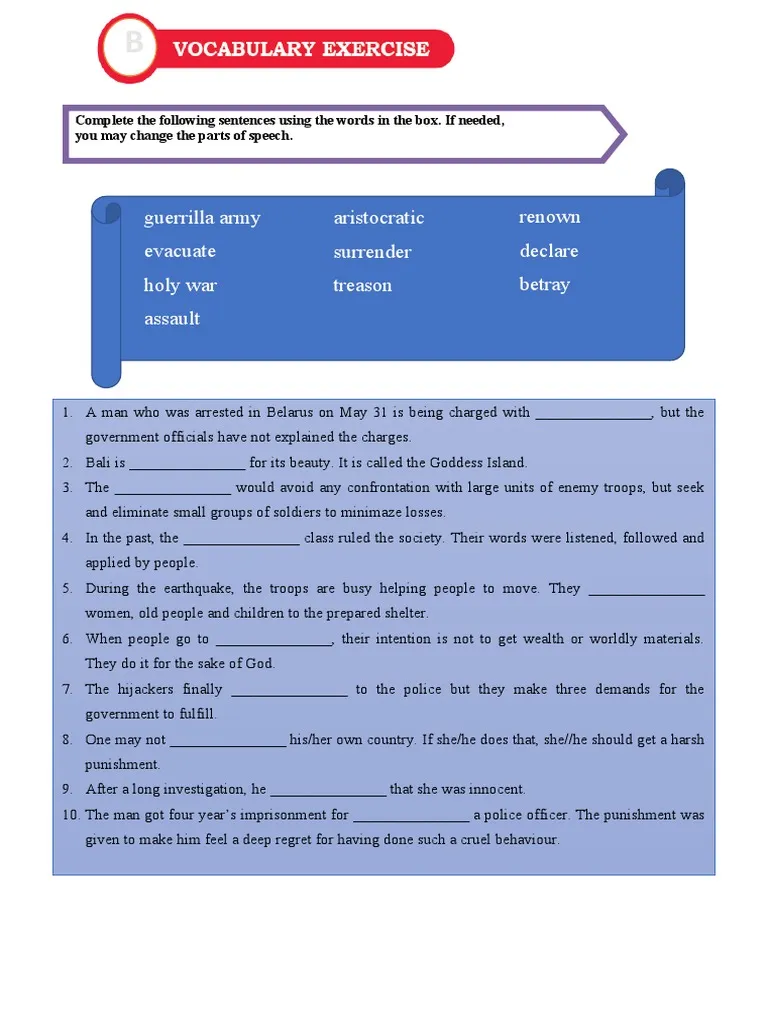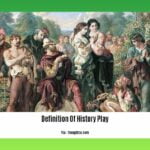From Trenches to Total War: Bridging the Gap Between World Wars
History Channel’s “Never Surrender,” episode 3 of The World Wars series, offers a gripping exploration of the interwar period, bridging the tumultuous years between World War I and the outbreak of World War II. This episode provides a unique opportunity for educators to engage students with the complex historical forces and individual stories that shaped this pivotal era.
This guide will equip you with strategies and resources to transform “Never Surrender” from a passive viewing experience into a dynamic learning journey for your students. We’ll explore the episode’s key themes, uncover valuable resources like worksheets and video guides, and delve into engaging activities that will bring history to life in your classroom.
Why “Never Surrender” Matters: Unpacking the Interwar Period
“Never Surrender” doesn’t just recount historical events – it grapples with the weight of the past and its impact on the future. The episode explores how the veterans of World War I, forever marked by the horrors of trench warfare, confronted the terrifying dawn of a second, even more devastating global conflict.
Key Questions Explored in the Episode:
- The Legacy of WWI: How did the experiences and traumas of the First World War shape the choices made by leaders as tensions rose again in Europe and Asia?
- The Rise of New Leaders: What ideologies and ambitions drove figures like Hitler, Mussolini, Stalin, and Tojo? How did their experiences in WWI, or lack thereof, influence their paths to power?
- The Failure of Diplomacy: What were the critical diplomatic failures of the interwar years? Why did efforts to prevent another global conflict ultimately collapse?
- The Human Cost of War: “Never Surrender” goes beyond battles and strategies to reveal the personal toll of war on world leaders, soldiers, and civilians alike.
Bringing “Never Surrender” to the Classroom: Strategies for Engagement
1. Worksheets: Beyond Fill-in-the-Blanks
Ditch the idea of worksheets as passive busywork. Instead, reimagine them as dynamic tools for:
- Comprehension Check: Design questions that assess students’ understanding of key events, figures, and concepts presented in “Never Surrender.”
- Source Analysis: Incorporate primary source excerpts, photographs, maps, and political cartoons. Encourage students to become historical detectives, drawing inferences and evaluating different perspectives.
- Creative Writing Prompts: Transport students back in time with prompts that challenge them to write from the perspective of historical figures, imagine alternative outcomes, or explore the emotional impact of events.
- Research Activities: Use “Never Surrender” as a springboard for deeper exploration. Assign students topics related to the episode – specific battles, individuals, technologies, or political movements – and guide them in conducting research and presenting their findings.
Resources:
- Teachers Pay Teachers (TPT): A treasure trove of educator-created resources, including worksheets, lesson plans, and activities specifically designed for “Never Surrender.”
- National Archives and Records Administration: A wealth of primary source documents from the interwar period, including photographs, letters, government documents, and more.
2. Video Guides: Transforming Passive Viewers into Active Learners
Video guides provide a roadmap for students, ensuring they’re actively engaged with the material and not just passively watching. Here’s how to maximize their effectiveness:
- Structured Note-Taking: Don’t leave students to fend for themselves. Provide a framework for note-taking, highlighting key events, important figures, and thought-provoking questions raised throughout the episode.
- Interactive Pauses: Break up the viewing with strategic pauses for discussion, reflection, or quick research activities. This prevents information overload and keeps students alert and engaged.
- Post-Viewing Activities: The learning doesn’t stop when the credits roll. Use video guides to structure post-viewing discussions, debates, or research assignments.
Resources:
- PBS LearningMedia: Offers a variety of video resources and supporting materials for teaching about World War II, including lesson plans and interactive activities.
- The National WWII Museum: Provides online exhibits, oral histories, and educational resources that can enhance your students’ understanding of the war.
3. Beyond the Screen: Interactive Activities
- Decision-Making Dilemmas: Put students in the shoes of historical figures. Present them with critical decisions faced by leaders during the interwar period and challenge them to weigh the options, consider the potential consequences, and justify their choices.
- Propaganda Analysis: Explore the role of propaganda in shaping public opinion. Analyze propaganda posters, speeches, and film clips from the era. Discuss the messages being conveyed, the intended audience, and the persuasive techniques used.
- Mapping the Conflict: Create maps that illustrate the changing political landscape of Europe and Asia during the interwar period. Track the rise of totalitarian regimes, the shifting alliances, and the path to war.
- Letters from the Front: Have students write letters from the perspective of soldiers, nurses, or civilians living through the events depicted in “Never Surrender.” Encourage them to research and incorporate historical details to make their writing more authentic and impactful.
Unveiling the Untold: Unique Angles for Your Article
- The Psychological Impact of WWI: Delve into the concept of shell shock (PTSD) and its impact on the generation that fought in WWI. How might these invisible wounds have influenced the decisions made during the interwar period?
- The Role of Women: Explore the often-overlooked contributions of women during this era. Research and highlight the roles they played on the home front, in resistance movements, and in shaping the political discourse of the time.
- Connecting to Modern Times: Draw parallels between the themes of “Never Surrender” and current events. Are there lessons from this period of history that are relevant to contemporary geopolitical conflicts, social movements, or individual struggles?
Crafting a Compelling SEO Article: Stand Out from the Crowd
- Keyword Research: Identify relevant keywords and phrases that your target audience (educators) is likely to use when searching for resources related to “Never Surrender” and “The World Wars.”
- Engaging Title and Introduction: Capture readers’ attention from the start with a compelling title that incorporates relevant keywords and an introduction that clearly states the value and purpose of your article.
- Structured Content: Break up your text with clear headings and subheadings to make it easy to read and navigate. Use bullet points, numbered lists, and other formatting elements to enhance readability.
- Visual Appeal: Incorporate images, infographics, or even embedded video clips (with permission) to make your article more visually appealing and engaging.
- Credibility and Accuracy: Cite all sources carefully and fact-check your information thoroughly. This establishes your credibility as an authority on the topic.
- Call to Action: Encourage readers to leave comments, share their own teaching ideas, or explore the resources you’ve highlighted.
By following these guidelines and conducting thorough research, you can create a valuable resource for educators and establish yourself as a trusted voice in the field of history education.
- Unveiling the Enigma: Mansoureh Khojasteh Bagherzadeh’s Public Appearances & Private Life in Iran - July 18, 2025
- Unveiling the Mystery: Mansoureh Khojasteh Bagherzadeh’s Husband: A Rare Glimpse into a Private Life - July 18, 2025
- Unveiling Masoud Khamenei’s Mother: Power, Influence, and Iran’s Future - July 18, 2025
















